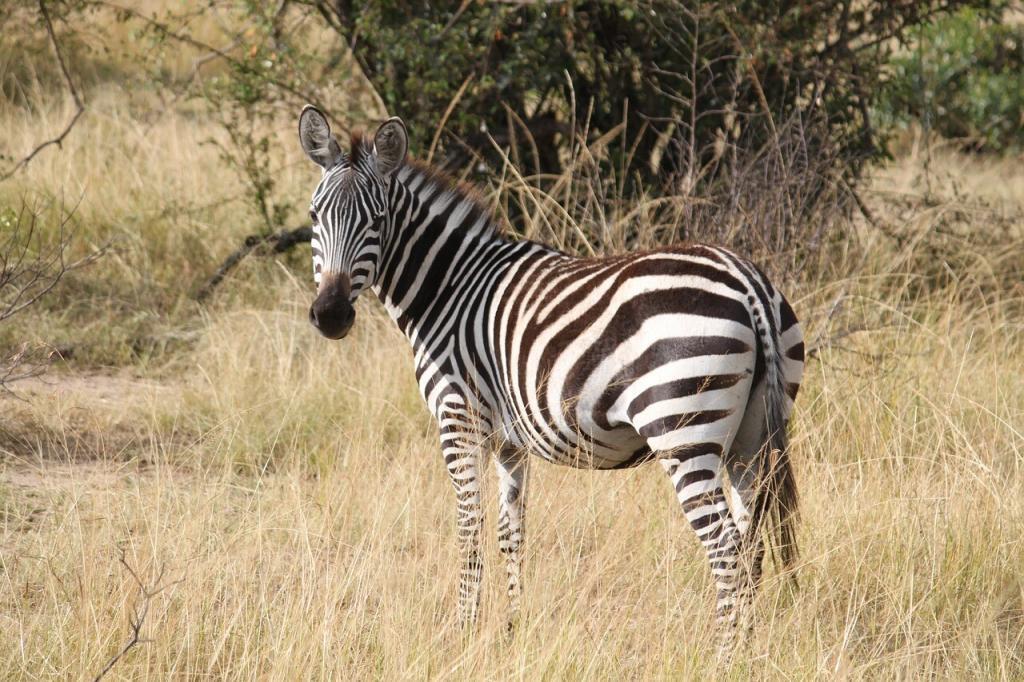
Who Owns Serengeti Park?
Serengeti National Park boasts an extraordinary ecosystem consisting of dry and wet grassland, woodlands, rivers, and lakes – making it one of Earth’s most biologically diverse places. This diversity makes the park one of the best safari destinations around.
In addition to an abundance of wildlife, the Serengeti is home to a wide range of plant species as well.
Serengeti Park Has It All
Serengeti Park provides an unforgettable wildlife adventure featuring lush grasslands, dense forests, and acacia-dotted plains – home to all Big 5 as well as many other fascinating creatures.
Every year, millions of wildebeest, zebra, and gazelles migrate to the Serengeti in search of fresh grazing pastures during The Great Migration. These animal herds contribute to maintaining the ecosystem around them by trampling on grass and removing leaves and debris that hinder new grass growth.
The Great Migration is one of the world’s most beloved wildlife spectacles and a must-see when visiting Tanzania’s Serengeti National Park. This annual journey takes place from December to June and encompasses both northern and southern sections of the park, providing visitors with an unforgettable experience.
On their migration journeys, a wide array of antelope species, such as Grant’s and Thomson’s gazelles, eland, impala, and topi, can be observed. Lions, giraffes, and other herbivores are also frequently seen here.
Who Owns Serengeti Park?
Serengeti National Park is a UNESCO World Heritage Site and Tanzania’s oldest park, making it a major draw for wildlife enthusiasts and safari travellers alike. The government of Tanzania and Kenya is responsible for maintaining Serengeti Park. Home to the annual wildebeest migration, this park provides breathtaking wildlife viewing all year round.
The Serengeti National Park is one of Tanzania’s oldest national parks, having been first explored by European explorers in 1892. Subsequently, the British colonial administration declared it a game reserve in 1921 and then turned it into a full park by 1951.
In 1951, the Serengeti National Park was created and included what is now the Ngorongoro Conservation Area. However, in 1959 this area was divided off and extended north into Kenya, further expanding the park boundaries.
The name Serengeti derives from the Maasai language word for endless plains: “Siringet.” The Park’s name derives from the Masai phrase Serengeti, meaning “land that goes on forever.” This seems fitting for an area so majestically situated with towering rock outcroppings and expansive plains.
The park encompasses an expansive area with diverse habitats such as savannahs, woodlands, and riverine forests – so much so that it has been designated a World Heritage site due to its outstanding values.
Conservation Practices in the Serengeti National Park
Tanzania National Parks Authority (TANAPA), a government organization responsible for conserving and safeguarding the park’s rich natural heritage, manages the national parks. They promote sustainable tourism and community involvement to safeguard the ecosystem of Serengeti National Park.
Conservation practices in the Serengeti include aerial patrols, ranger patrols, community outreach programs, and sensitization. These activities take place throughout different parts of the national park to monitor environmental changes as well as poaching incidents.
Visitors to the park can also get involved in its various conservation initiatives and projects by donating funds. This helps support various wildlife research initiatives and preservation initiatives.
Click here to read “Is Serengeti In Kenya?”

